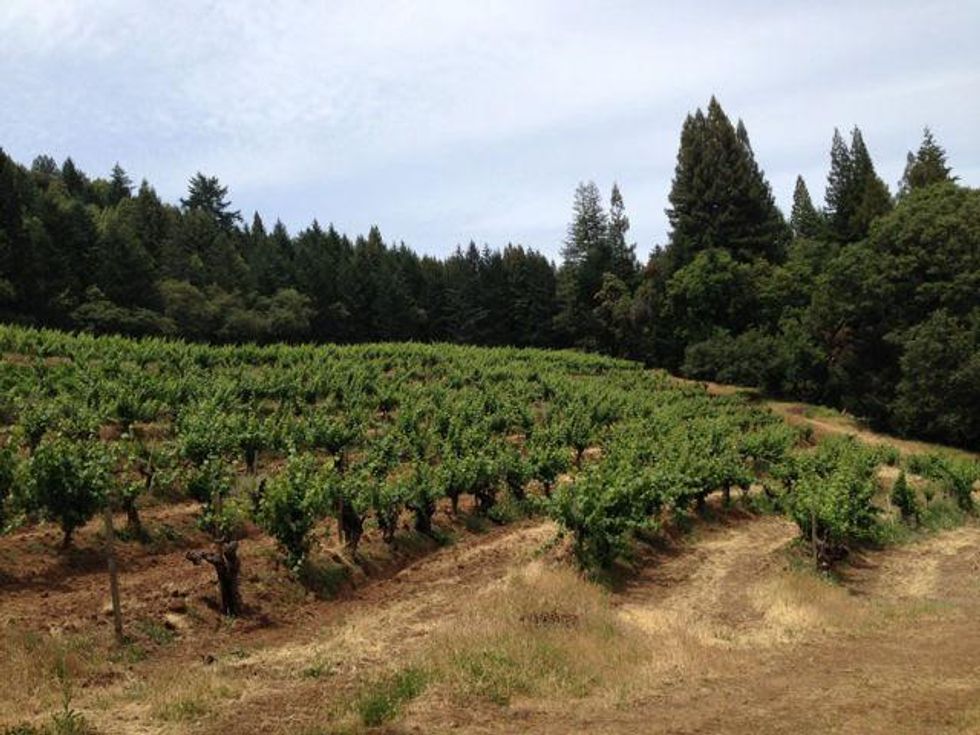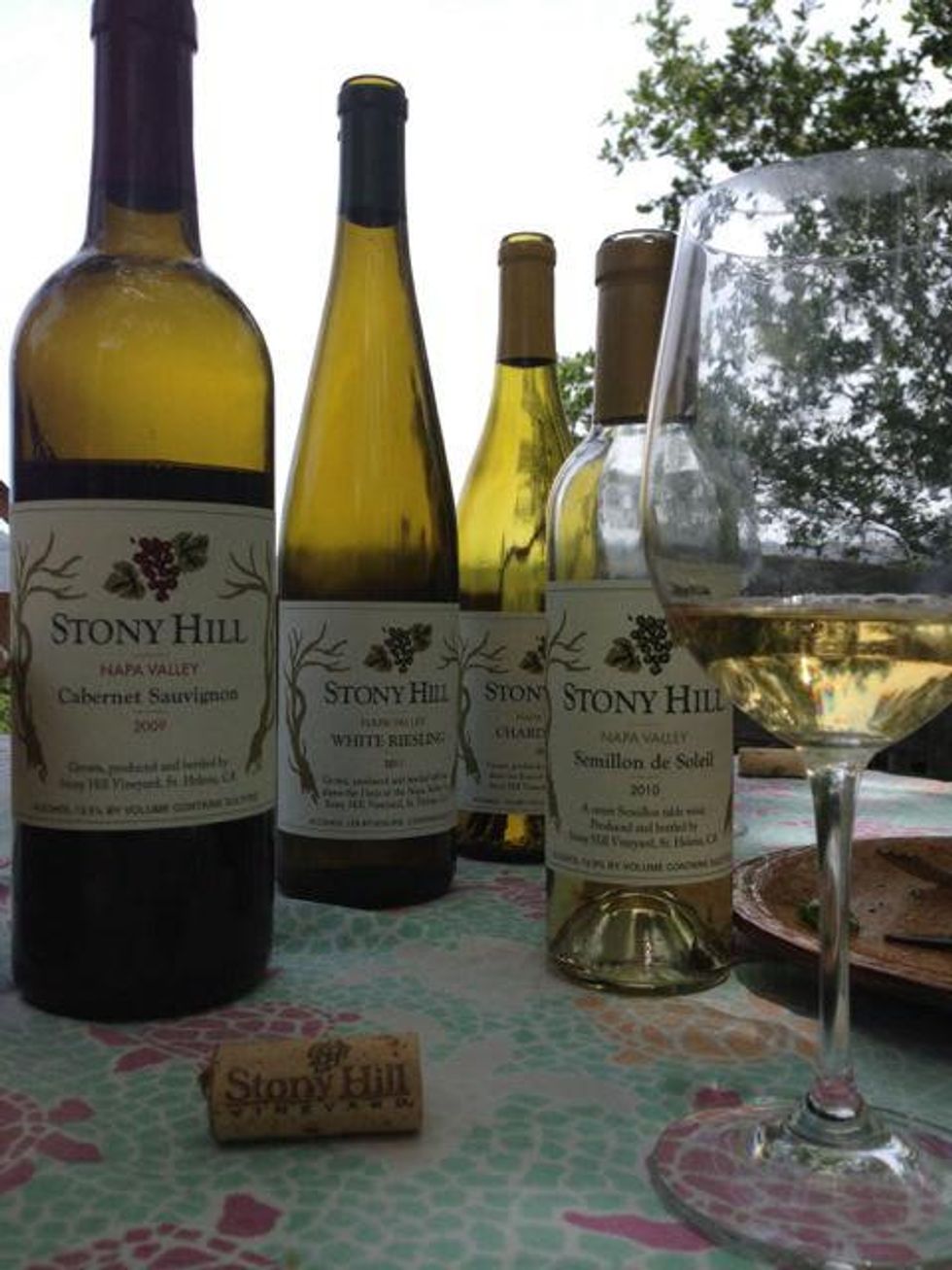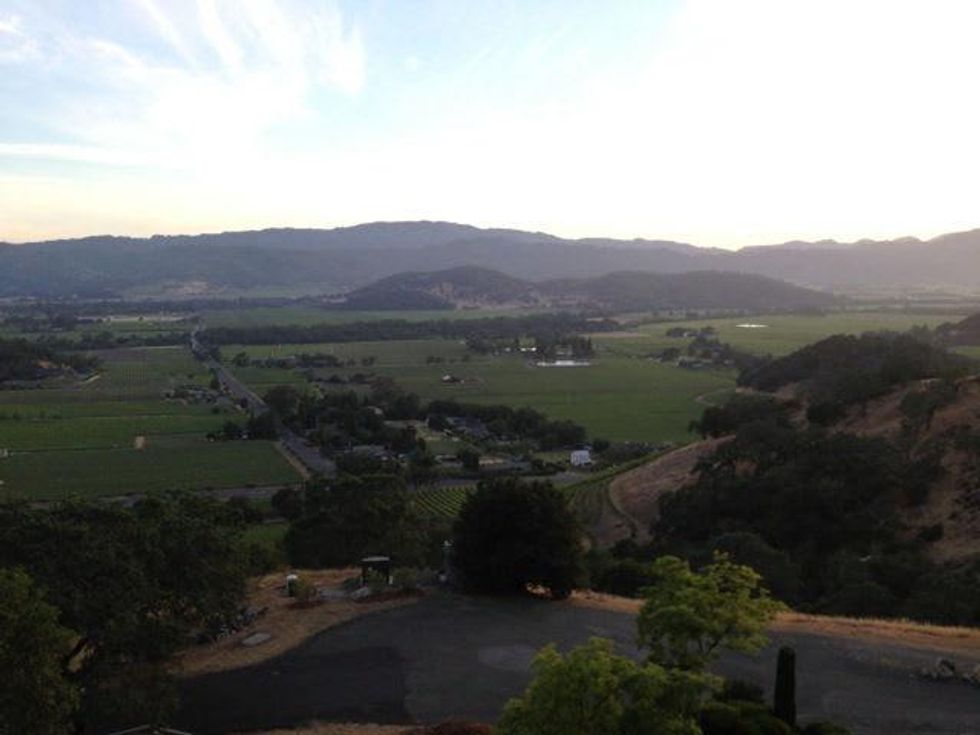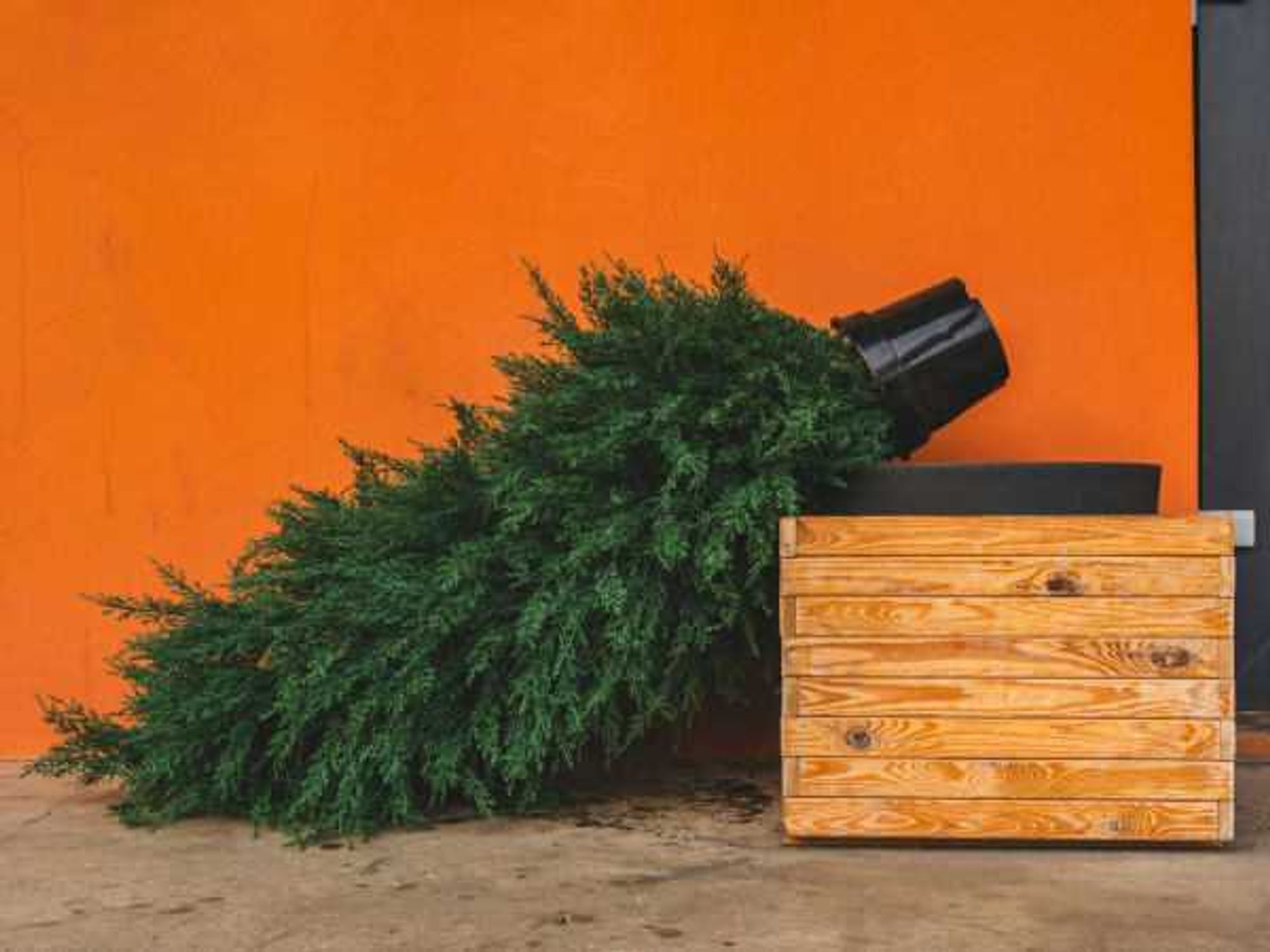Love wine, will travel
Navigating Napa: Our top tips for getting the best out of California wine country
When it comes to wine travel, it's easy to wax poetic about driving the winding roads alongside the sea of vineyards that stretches for miles, and subsequently sipping through an array of red, white, sparkling and rosé wines before relaxing at a vineyard spa.
There’s a world of possibility when it comes to visiting the world’s great wine regions, and when it comes to wine regions in America, Napa is king. In truth, you can have that idyllic experience, but you better have your ducks in a row before you go. Too many romantic weekend escapes or girlfriend getaway excursions end in let down expectations, thirsty palates and a healthy dose of griping — usually while frantically trying to hop from one winery to another in Highway 29 rush hour traffic.
There are a few keys to unlocking the beauty of Napa, and after a languid week of sampling some of the best of what this storied wine region has to offer, we’ve compiled them for you.
Level of interest
Before you even plan your trip, it’s important to ask yourself a few questions, the first of which is: How into wine are you?
If you want to go see the region itself, but aren’t too picky about which wines you try, you may want to stick to larger producers with open wine tasting rooms that don’t require reservations. You’ll still get to taste some great wines, but you won’t have to feel as committed to a particular schedule. Some of our top picks for “drop in” wineries: Cliff Lede Vineyards, Domaine Chandon, Sterling Vineyards (you’ll love riding the tram up the mountainside).
If you’re a wine fanatic, you’ll need to dig a little deeper in selecting the places you want to visit and arrange appointments at least a few weeks ahead of time. This will allow you to really vet your schedule and get into some of the best wines in Napa.
Lay of the land
First time visitors to Napa should understand one very important thing: The map. Napa Valley is one long, linear strip of geography that runs North along Highway 29 from Carneros to Calistoga. It takes at least an hour to traverse the length of it, and that’s with no stopping and in mild traffic.
Your best bet is to look at a map of the region and plan your winery visits based on starting either at the north end or south end and move your way up or down the region accordingly. Otherwise, you’ll spend needless time in the car passing endless views of vineyards without actually tasting any wine.
Hint: It’s always nice to either start the day (or end the day) with a little bubbly. Domaine Carneros is a beautiful sparkling wine house owned by the French Champagne producer Taittenger. It’s on the southern end of Napa in the Carneros AVA. You’ll taste an array of beautifully made traditional-method sparkling wines. Just be sure not to leave without a taste of their premier Frontgate Pinot Noir.
Be ready to buy
While you’re likely to spend anywhere from $25 to upwards of $60 for a tasting, you should keep in mind what an appointment means. Often it’s just you and your party guided by either a winery manager, guide or sometimes even the winemaker. It can be a rewarding opportunity to really learn about the wines, the story of the winery and taste through some really special things.
But keep in mind that all Napa wineries are in business to do one thing: sell wine. When you take someone’s time to explain their wines, you need to be prepared to buy their wine. It’s just common courtesy.
That said, if you've paid a tasting fee at a larger tasting room and don't like the wines, don't feel obligated to buy their wine. But, if you’re really spending time at a winery to appreciate the wines being made, you need to be ready for a purchase.
A good point of reference is the longer someone spends with you, giving you personal attention — i.e., a one-on-one tasting for 90-minutes — should correlate with the amount of wine you buy. (Note: Signing up for a mailing list doesn't signify that you're buying anything, so we wouldn't suggest that as an “out.”)
The key, again, is to do your research. Ask friends, restaurant sommeliers and wine merchants for an idea of some wineries that they would suggest for you based on the types of wine you like. Then you’ll know how to organize your time, and your wallet.
Some of our top picks for appointments: Ladera Vineyards, Stony Hill Vineyards, Vineyard 29, St. Clement Vineyards and Rudd Oakville Estate.
When to go
Planning exactly when to go to Napa is as important as planning out the wineries you visit. Again, it all depends on the experience you want to have. Everyone loves visiting the Rocky Mountains in the fall, when the Aspens change from green to golden. In the same way, it’s exciting to see the wine country when clusters of grapes are hanging from the vine, which is usually from late July through most of the fall in Napa.
And while the idea of wine country during harvest season does sound romantic, it’s not exactly the time to go. At least, not if you want that relaxed, tranquil experience with your appointment hosts. Harvest is often the most stressful and time consuming time for grape growers, winemakers and vineyards managers. This is because the timing of harvesting grapes is measured in days and hours depending on weather and climate conditions. Because of this, they are often sleep deprived and otherwise focused in the grapes they need to make wine, not the overall customer experience. Can you blame them?
Vineyards are beautiful in the late spring. Particular when the vines have started to flower. You’re much more likely to get a laid back, less stressful host if you visit during this time rather than during fall harvest.
Stay where you play
After a long day of wine tasting, the last thing you want to do is cram into a car and take a long drive to your end destination. As previously mentioned, it definitely helps to plan your wineries around the places you intend to end up. And finding the right accommodations are key.
Keep in mind that if you’ve been over-served in your day of tasting, there are no easy outlets to get a ride. Cabs are not plentiful and there isn’t a bus system. So be smart. Consume wisely and make sure you don’t have far to go when it’s all said and done. Try not to stay anywhere south of the town of Napa. And while you will find a number of accommodations in town, it’s really better to stick to the outposts along the way such as St. Helena, Yountville or Calistoga.
Our top picks include: Villagio Inn & Spa (Yountville), Solage (Calistoga), The Carneros Inn (near Napa), and our personal splurge-worthy favorite, The Poetry Inn at Cliff Lede Vineyards (near Yountville).
One final word: Don’t overbook your days. Trust us when we say you’ll likely be doing a lot of driving. And you should really leave yourself enough time to enjoy the wineries you visit. Try to stick to three wineries a day with a fun lunch and dinner stop along the way. You won’t regret it.
Of course, Napa isn’t the only wine region in the world to visit, but it’s certainly a worthy experience for the best in American wines. You’ll find that if you just do a little bit of homework, you’ll get the best of what this beautiful wine country has to offer.




